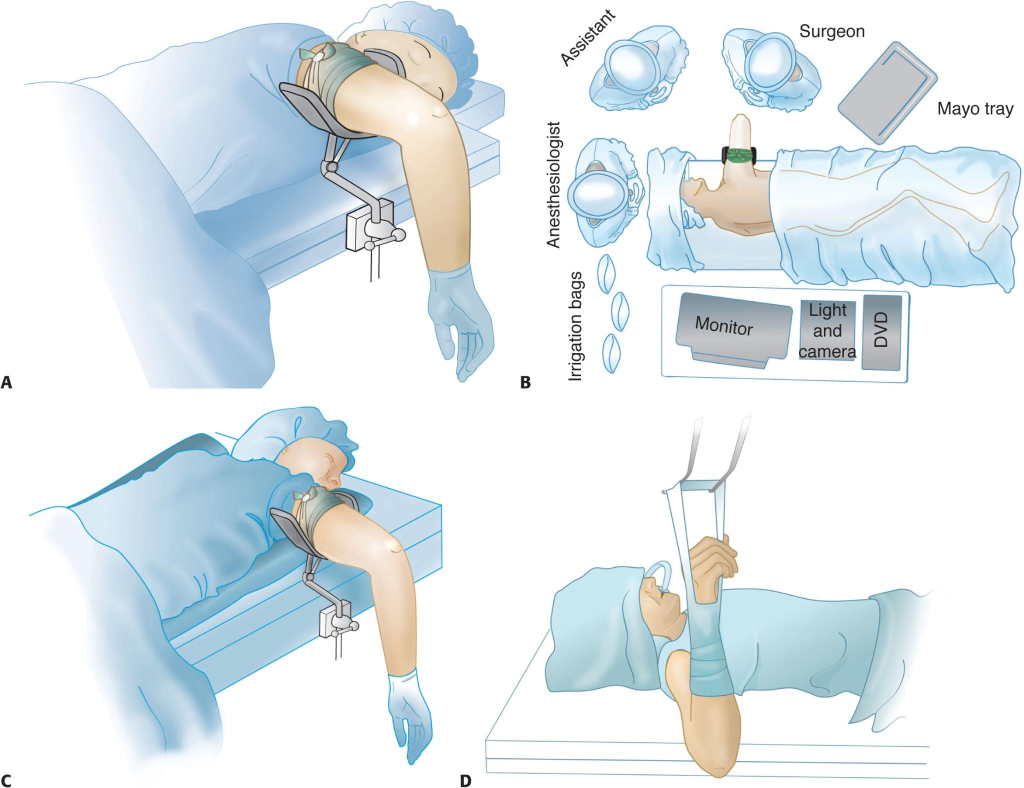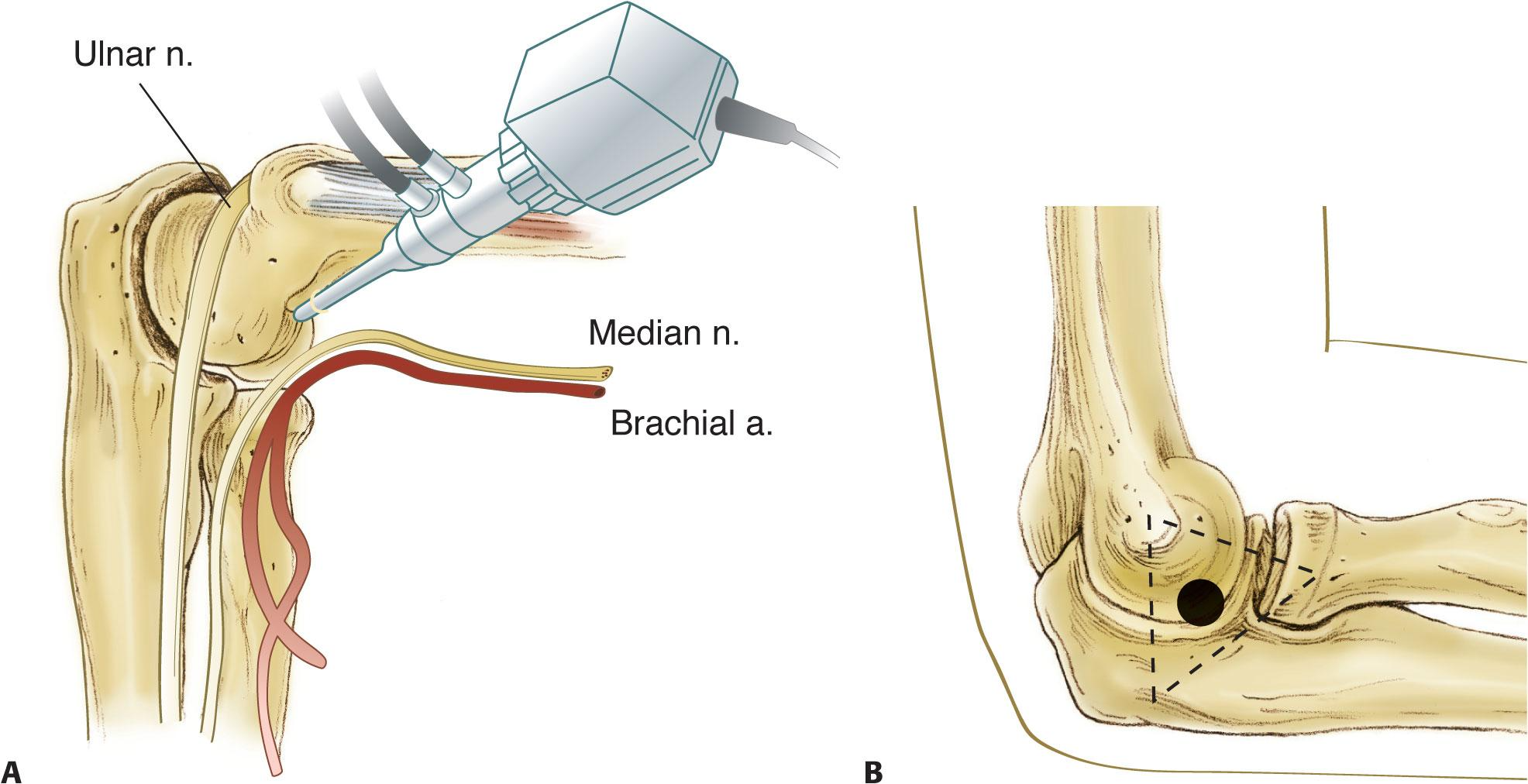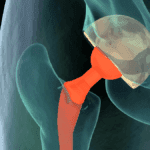What is Osteochondritis Dissecans (OCD)?
Osteochondritis dissecans (OCD) is a condition where a part of the bone just below the joint surface loses its blood supply, causing damage to the bone and cartilage. This can happen in different parts of a growing teenager’s skeleton, with the knee being the most common location. In the elbow, OCD can affect areas like the radial head, trochlea, and especially the capitellum.
Anatomy of the Elbow
The elbow joint allows two main types of movement: bending and straightening (flexion-extension) and rotating the forearm (pronation-supination). The elbow is a hinge joint that provides a stable range of motion.
Causes of OCD
The exact cause of OCD is not clear, but it typically affects active teenagers and young adults, especially those involved in repetitive arm movements, like throwing sports, gymnastics, and weightlifting. Factors like genetics, trauma, and poor blood supply to the bone may contribute to the development of OCD.
Symptoms and Diagnosis
- Symptoms: Teen athletes with OCD often feel gradual, increasing pain on the outer side of the elbow. They might also experience a limited range of motion and difficulty extending the arm. In advanced cases, the elbow might lock, click, or catch due to loose pieces of bone or cartilage.
- Diagnosis: Doctors use X-rays and MRIs to look for signs of OCD. X-rays can show changes in the bone structure, while MRIs can provide detailed images of the cartilage and any loose pieces.
Non-Surgical Treatment
- Rest and Activity Modification: Young athletes with mild OCD may need to rest and avoid activities that stress the elbow. Ice and anti-inflammatory medications can help with pain and swelling.
- Monitoring: Regular check-ups and X-rays are needed to monitor healing. Most patients can return to sports after about six months if symptoms improve.
When is Surgery Needed?
Surgery might be necessary if:
- Pain persists despite rest and treatment.
- There are loose pieces of bone or cartilage.
- The bone or cartilage has moved out of place.
Elbow arthroscopy is a minimally invasive surgical procedure used to diagnose and treat problems inside the elbow joint. Proper positioning of the patient is crucial for the success of the procedure and to provide the surgeon with the best access to the elbow. Here are some simple and common positions used for elbow arthroscopies:
Lateral Decubitus Position (Side-lying Position)
- How It’s Done: The patient lies on their side with the affected arm on top.
- Support: The arm is supported on an arm holder to keep it steady.
- Advantages: This position provides excellent access to the back and sides of the elbow. It’s comfortable for the patient and allows easy arm adjustment.
Prone Position (Lying on Stomach)
- How It’s Done: The patient lies face down with the arm hanging off the side of the table.
- Support: An arm holder supports the arm to keep it stable.
- Advantages: This position gives excellent access to the back of the elbow. It is especially useful for procedures involving the posterior (back) part of the elbow.
Key Points
- Comfort and Stability: It is crucial for a successful procedure to ensure the patient is comfortable and the arm is stable.
- Access and Visibility: The chosen position should allow the surgeon clear access and visibility to the elbow joint.
- Flexibility: The position should allow easy adjustments if necessary during the procedure.
Surgical Procedure
- Removing Loose Pieces: The surgeon might remove any loose fragments and clean up the damaged area.
- Encouraging Healing: Techniques like drilling small holes in the bone can stimulate healing.
- Reattaching Fragments: In some cases, the surgeon can reattach the loose piece using screws or pins.
Preparing for Surgery
- Imaging: Before surgery, detailed images of the elbow are taken to plan the procedure.
- Positioning: During the operation, the patient is usually placed in a position that allows the surgeon easy access to the elbow.
Summary
Osteochondritis dissecans (OCD) is a condition that can cause pain and limited movement in the elbow, especially in young athletes. While rest and activity changes can help in mild cases, surgery may be needed for more severe cases to remove or repair damaged bone and cartilage. With proper treatment, most patients can recover and return to their activities.







